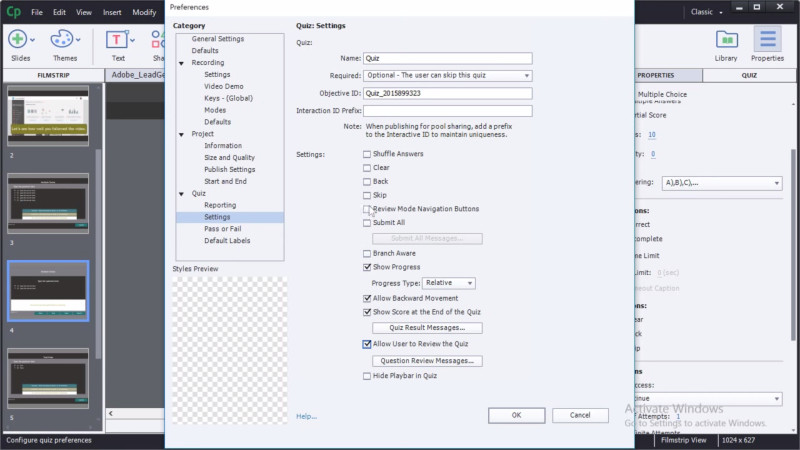

Select the three shared actions in the external Library, and drag them to the project library.

Step 4: Drag shared actions to project Library It can be done if there is only one independent shared action, but in this example the three actions are somehow linked due to the used variables. However for the Shared Actions, it is better to not use this method. You can use any object directly from this external Library in your project. You will probably need to increase its height, and collapse the Images folder to see the Shared Actions folder clearly. The project will not open, but its library appears as a floating window in the left top corner of your screen. In this case that will be the start project which you used in the previous practice “SlideShow”. You have to point to the original project which has the shared actions on board. Use the File menu, option Import, External Library. The default view will show you the two user variables which are added to each project: Have a look at the variables, using menu Project, Variables. Here is an example of the Timeline of the project I use, the names are mentioned above:: I used a SVG as button, labeled SVB_Home. A button to jump back to slide 1, with the action ‘Jump to slide 1’ or ‘Go to Previous Slide’.They are labeled SB_Back and SB_Next in my project (shape buttons) Two navigation buttons: Next and Back.A shape or caption which will be used to insert the variable v_counter.They are labeled Container1/SVGContainer in the Timeline below. Only requirement: same number of states in both objects. Content is not important: audio, video, graphics, text or combinations in the states. Second slide needs to have these objects:.Content on the first slide is not important, it is meant to allow you to test the project.To follow this workflow, you need a project with at least two slides: Workflow: reuse shared actions in your projects Step 1: Preparation For the video fans: lesson 2 of the Crash course will also be a video, to be published soon. This article will explain step-by-step workflow to use the same actions in your project. You will be amazed how simple this can be.
#Adobe captivate 7 basics free
The video shows the most intuitive workflow to use the shared actions, using the same free start project. I offer a start project which has shared actions (in the Library) to allow you to practice.Ĭrash course – Lesson 1: video as alternative for the previous blog. One of the 4 interactions (slideshow) of the demo project is replicated.
#Adobe captivate 7 basics how to
Parameters (back to basics): this blog explains the role of ‘parameters’ and has a detailed step-by-step workflow how to use existing shared actions. All of them can be realized with the workflows explained in the following blogs and videos. Use of Shared Actions: explaining the goal, and showing a Demo project with 4 typical interactions. This is a perfect scenario for starting users, who want to insert interactions without any scripting or creation of variables. Focus is not on the creation of Shared actions, but only on the use of existing actions. A dual monitor display is recommended for an enhanced learning experience.Recently I published two blogs and a video in this community about ‘Use of Shared Actions’. This course requires a desktop/laptop set up.
#Adobe captivate 7 basics software
You will learn to create highly interactive software simulation and to control the text that appears in the recording’s text captions by editing Captivates text capture templates.You will learn advanced Adobe Captivate concepts.A course that teaches the higher-end, more advanced functionality of Adobe Captivate 2019.


 0 kommentar(er)
0 kommentar(er)
